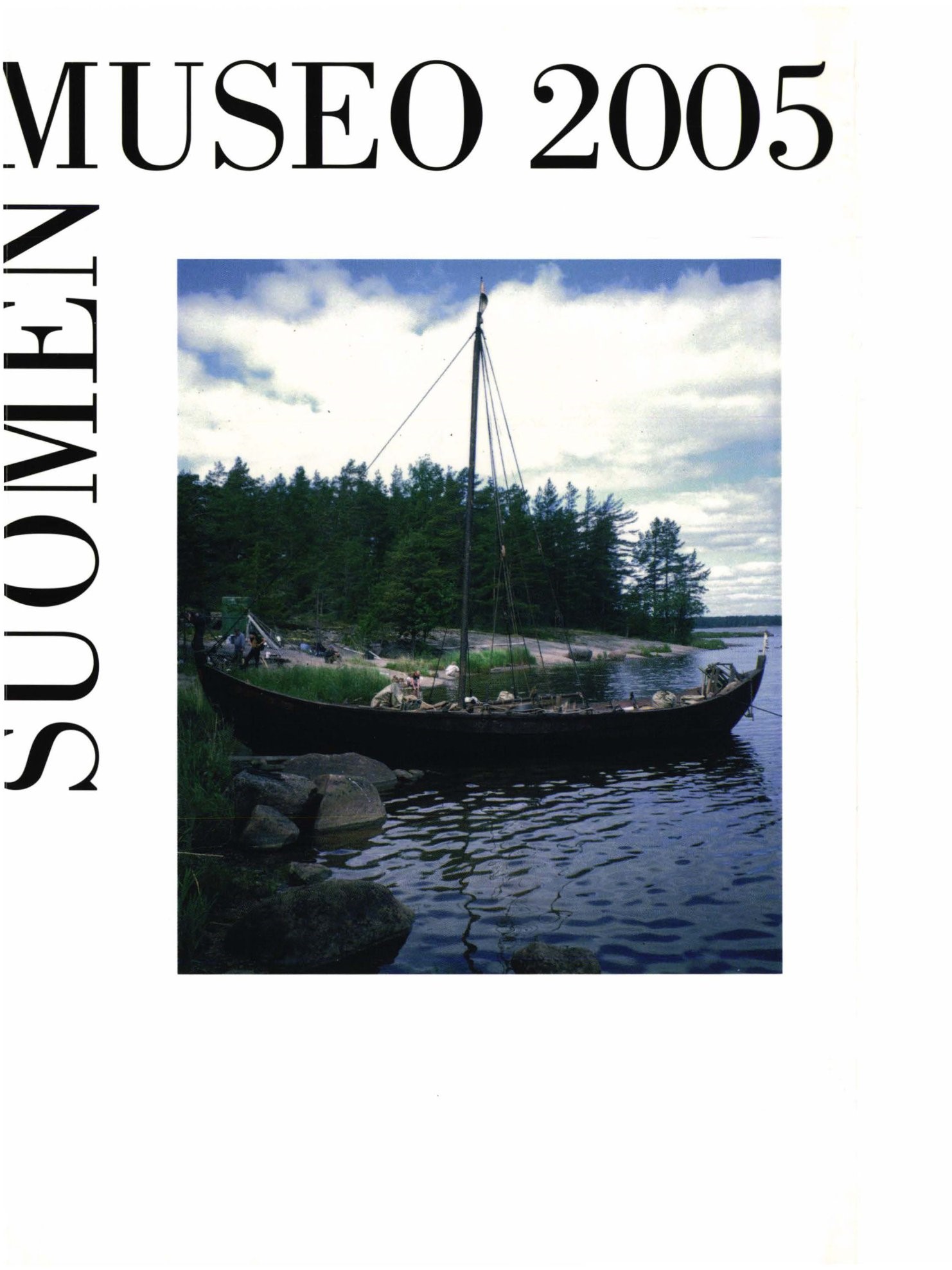Esihistoriallinen leiripaikka Lohjan Hossanmäellä - kvartseja ja yllättäviä ajoituksia
Abstrakti
An archaeological excavation was conducted in 2004 at the Stone Age site of Hossanmäki at Lohja, South Finland. The excavations were necessitated by the constructi on of a motorway between Helsinki and Turku. The material recovered from the excavation suggests occupation during the Late Mesolithic, while radiocarbon dates indicate human activity also in the early lron Age and during historically documented times, between the 14th and 17th centuries. The finds of quartz in particular appear, however, to be a uniform entity, and the present article focuses on the analysis of this material. Other finds from the site and history of Lake Lohjanjärvi are also discussed.
Flaking debris and tools were distinguished in the quartz material, and of the latter transverse-bladed arrowheads and scrapers are discussed in more detail. The flaking debris reflects the whole process of preparing artefacts. Platform flaking appears to have been more prevalent than bipolar striking technique. The scrapers are classed as end and side scrapers and informal scrapers, which, however, hardly differ from each other with regard to use-wear. The side scrapers, however, are somewhat larger than the end scrapers. Unlike the informal scrapers, almost all the end and side scrapers were hafted. The arrowheads are typical transverse and oblique bladed points with some variation in their forms. In some cases, the points were thinned by removing small flakes from the dorsal face of the tip and the bases of the points were often shaped with retouch. There is also a narrowed stem in one point.
Distribution maps of finds from the excavation areas revealed six clusters, the artefact contents of which are compared in the article. Distributions of the size of flaking debris were considered to establish if there were any differences among the cluster is different stages of the preparation of lithic materials. The tools, in turn, can be assumed to reflect the activities related their manufacture and use. Anomalies in the distributions of tools in the clusters would thus indicate areas of different activities. Distinct differences were observed between the clusters. Two of the clusters focus mainly on the shaping and sharpening of tools, while the distributions of artefacts in three clusters can be regarded as reflecting functionally specific areas of activity and one cluster exhibits a focus on the preparation and maintenance of hunting implements.
The clusters of quartzes are the Hossanmäki site came about as the result of short-term or periodic occupation, as indicated by an almost complete lack of cultural layer and distinct hearths at the site. The distinct boundaries of the clusters also indicate short-term or periodic use of the site, as a result of which the waste produced by different activities and at different times did not become mixed. In addition to the strategic location of the side, Stone Age people were no doubt attracted to the site by the quartz present to some degree in the bedrock of the area. Tools were most likely made at Hossanmäki for use both on-site and elsewhere. On the other hand, it is certain that not all the tools used and discarded at Hossanmäki were made there.

